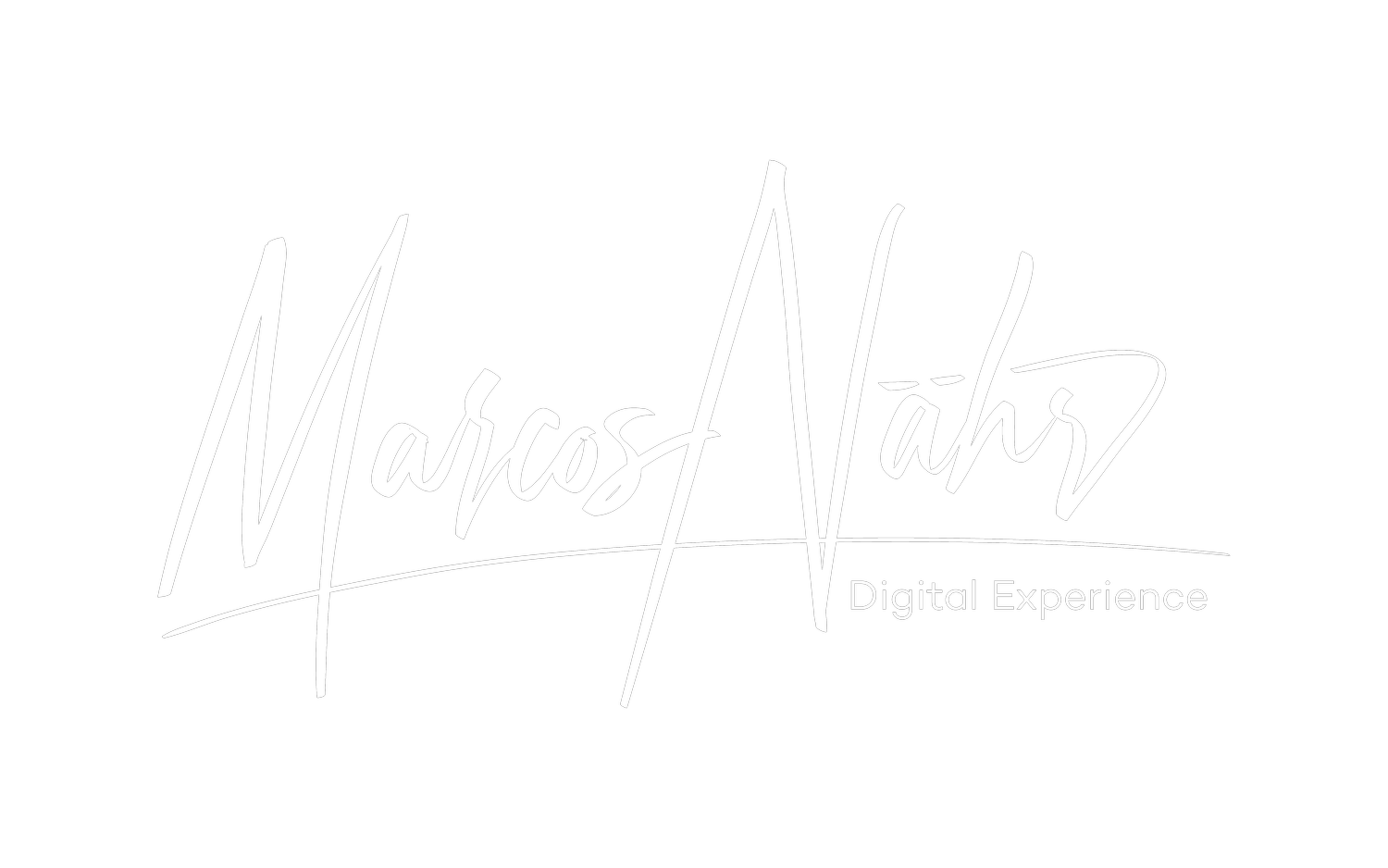Unlocking Your Team Potential: Design Team Principles
Designers are already familiar with design principles or the key characteristics and goals for a product, which helps designers validate their design decisions.
In addition to the design principles that drive your product design decisions, you also need to define the principles that drive behavior, attitudes, and aspirations of the design team.
Those principles can guide you toward how you want to operate as a design team. They're used to keeping each other honest as you work with other designers and other teams at your company. They also set expectations for how you want others to perceive you and how your actions influence those perceptions.
In the context of a design organization, it is crucial to ensure that the design team principles align with the essence of the company. You might already have a solid framework in place for ethical and professional action, but it is equally important to consider the diverse personalities, backgrounds, aspirations, and nature of the individuals on the design team. The aim is not only to find individuals who seamlessly fit into the current organization but also to foster an expansion of the organizational culture through the synergy of diverse perspectives.
To truly connect the design team principles with what matters most to you, the company, and the users, you need to emphasize the integration of the principles with the mission, purpose, and vision of the company. By doing this, you can foster a culture where people are motivated and in alignment with the objectives of the company.
By embracing the concept of synergies, you recognize that the collective power of the design team is far greater than the sum of its parts. It is through the blending of diverse talents and perspectives that you can achieve innovative and impactful design solutions. Therefore, your focus should not solely be on individual compatibility but on cultivating an inclusive and collaborative culture that embraces and leverages the synergistic potential within our organization.
